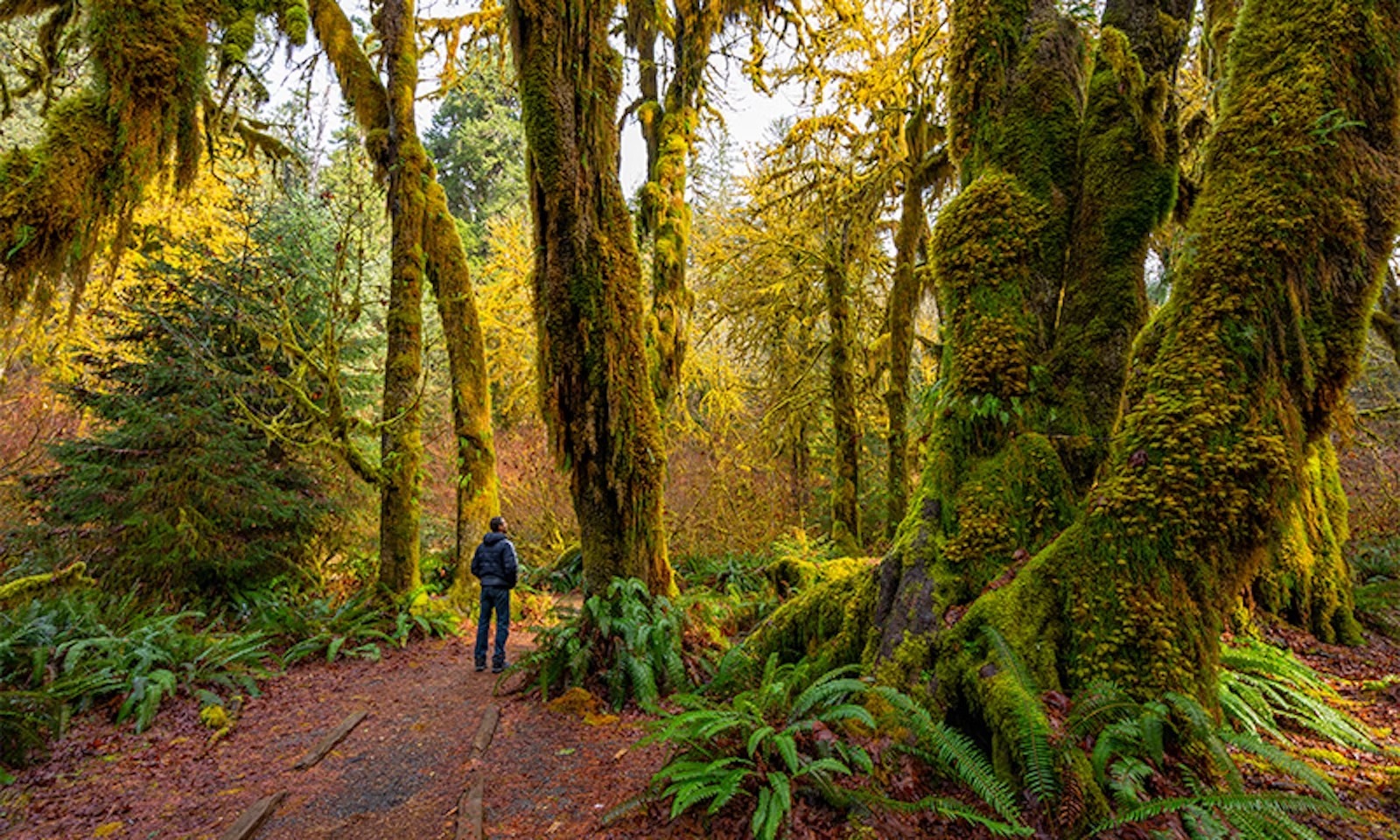
The Oldest Ecosystems on Earth
What they teach us about resilience.
By Ferris Jabr
Sign up for our monthly newsletter!
Within 10 minutes of entering the Hoh Rainforest in Washington State, I began to understand why this place was so beloved. As one of the largest old-growth temperate rainforests in the world, the Hoh did not merely look different than its younger neighbors—it felt different. Inside its borders, air seemed to stand still. Light took on a chlorophyllic hue. And the scent of wet earth and lush vegetation pooled around me.
Soon I was ensconced in enchanted groves and hallowed hollows steeped in every possible shade of green and so lavishly pillowed with moss that I could not find a speck of bare bark. I encountered ancient bigleaf maples whose contorted bodies formed living archways and Douglas firs so wide and tall that I struggled to capture their scale on camera. Doused in 12 to 14 feet of rain every year, and long protected from logging, the Hoh is home to trees that stand more than 200 feet tall and have lived for centuries. Some pockets of the forest possessed such a primeval atmosphere that they might have been plucked from the Jurassic.
When it comes to biological superlatives, we typically focus on individuals: The largest tree in a forest, the oldest organism on the planet. After visiting the Hoh Rainforest, however, I began to wonder about superlative communities. What are the oldest existing ecosystems on Earth, and what can we learn from them?
How, exactly, do we determine when an ecosystem was born, or when it dies?
Like the Hoh, some old-growth forests have survived for centuries. But it turns out that certain ecosystems and biomes on the planet today have persisted for hundreds of thousands to tens of millions of years, preserving, somehow, their defining characteristics despite undergoing major changes.
To make an analogy to a famous thought experiment: If every component of a ship is gradually replaced with a sufficiently similar replica, the vessel retains its essential form, even though it is no longer identical to its previous iteration. Similarly, most of the cells in our bodies have died and been replaced many times over since we were born, yet we still recognize the continuity of our overall anatomy. And some cities have maintained a distinct topography, infrastructure, and culture for millennia, even with a continual turnover of buildings and inhabitants. The changes that ecosystems endure through geologic time are even more dramatic, but the principles are similar.
Precisely what it means for an entire living system to be so old, and what makes such astonishing longevity possible, remain open questions, in part because they challenge our very notions of what it is to be alive. When we adopt a deep time, holistic perspective, some ecosystems take on an almost organismic quality, shifting across the planet’s surface like giant amoebae, expanding and retreating in response to environmental fluctuations, yet persisting as coherent entities.
Scientists have not yet agreed on a precise definition of life, but many experts have phrased it more or less like this: Life is a system that actively sustains itself. The laws of thermodynamics dictate that everything in the universe will inevitably fall apart, dissolving into a homogenous mush. Living systems use available energy to temporarily evade this outcome and maintain their improbably organized structures. More than genetics or reproduction, it is this capacity for self-preservation that unites life at every scale, from protist to prairie.
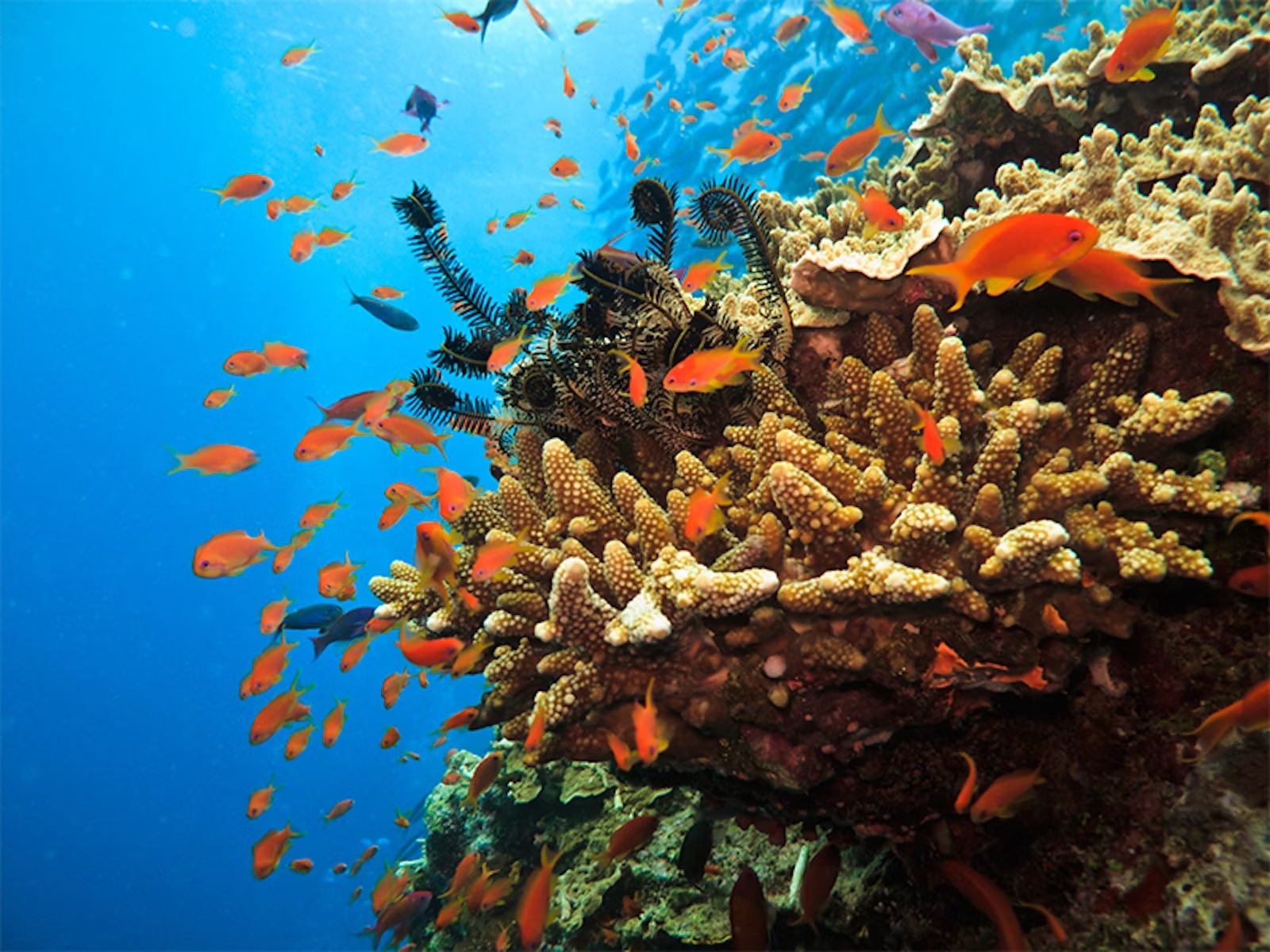
In this sense, ecosystems are very much alive. The feedbacks between ecosystems and the organisms within them, and their reciprocal evolution across great spans of time, culminate in an emergent capacity for extreme longevity that eclipses what is possible at the level of the individual. Although ecosystems are not organisms, they nevertheless demonstrate growth, resilience, and self-regulation.1 Those systems best able to recover from major disturbances, and maintain the processes, relationships, and infrastructure that define them, will endure the longest. Ecosystems survive and evolve not through differential reproduction, but through differential persistence.
The tenacity of the planet’s longest-lived ecosystems reveals an essential characteristic of life at any scale: interconnection. By definition, all living things are systems made of smaller interrelated parts. Those systems are themselves inextricable from the larger networks that surround them. Every individual tree is a universe of mineral, water, and cell harboring sprawling communities of microbes and fungi. At the same time, a tree is a vital component of the larger forest, landscape, and even the very weather systems on which it depends.
In the Anthropocene, however, many of these fundamental relationships are now faltering. Some of these ancient ecosystems are being pushed to the brink of collapse—fracturing so thoroughly that they may effectively die.
One of our planet’s oldest ecosystems is a vast meadow currently about the size of Manhattan. You will never see any bees or butterflies flitting through it, however, nor can you nap in its greenery. The meadow in question grows along the seafloor between the Spanish islands of Ibiza and Formentera.2 Like all meadows, it is composed primarily of plants, in this case seagrasses: a group of formerly terrestrial plants that returned to the sea nearly 100 million years ago and now inhabit sheltered waters around every continent except Antarctica.
In 2010, marine ecologist Sophie Arnaud-Haond and her colleagues swam through this underwater meadow, collecting genetic samples of Neptune grass (Posidonia oceanica) from dozens of different sites. Like all seagrasses, Neptune grass can multiply by cloning itself. Within the meadow, the scientists found numerous clones, some as far as 9 miles apart. Given the grass’ slow annual growth rate, they calculated that these clones must have been spreading through the region for somewhere between 80,000 and 200,000 years in order to form a meadow so large. They speculate that as global climate changed and sea level rose and fell, the meadow repeatedly shifted its range. At times, large swaths of it likely died due to unsuitable conditions. But presumably, a sufficient number of clones survived each climatic upheaval to continue their lineage to the present day.
Wherever life emerges, it dramatically changes its environment.
Elsewhere in the ocean, there are even bigger and older ecosystems formed not by a single clonal species, but by symbiotic colonies of tiny gelatinous animals, photosynthetic plankton, and microbes. We call them coral reefs. Spanning 133,000 square miles, and visible from space, Australia’s Great Barrier Reef is not only the largest coral reef system in the world—it is often regarded as the largest living structure on Earth. Just as impressive is its age. Scientists think the Great Barrier Reef was born about 500,000 to 600,000 years ago and that it has survived—in one area or another—to the present day.
Scientists have revealed a similar long-term persistence of coral reefs in Papua New Guinea. And during particularly stable periods within the greater course of Earth history, there were reef systems that likely endured for several million years.
To form reefs, corals first need to attach to a rocky surface. When a reef suffers a calamity, such as a hurricane, the calcified remains of dead corals can become the foundation on which survivors build anew.
“Reefs are fascinating things,” says Gregory Webb, a paleontologist who has extensively studied reefs through geologic time. “The resilience of a community that can reform and regrow and do its thing, even when faced with severe disruption—it’s magic.”
In 2018, marine geoscientist Jody Webster and his colleagues published a landmark study reconstructing the past 30,000 years of the Great Barrier Reef’s evolution—a span of time entailing considerable climactic fluctuation.3 When sea level dropped, much of the reef was exposed and died. Conversely, when the seas swelled, large parts of the reef drowned in turbid water. In response, the Great Barrier Reef repeatedly and gradually migrated seaward or landward, maintaining its continuity through time.
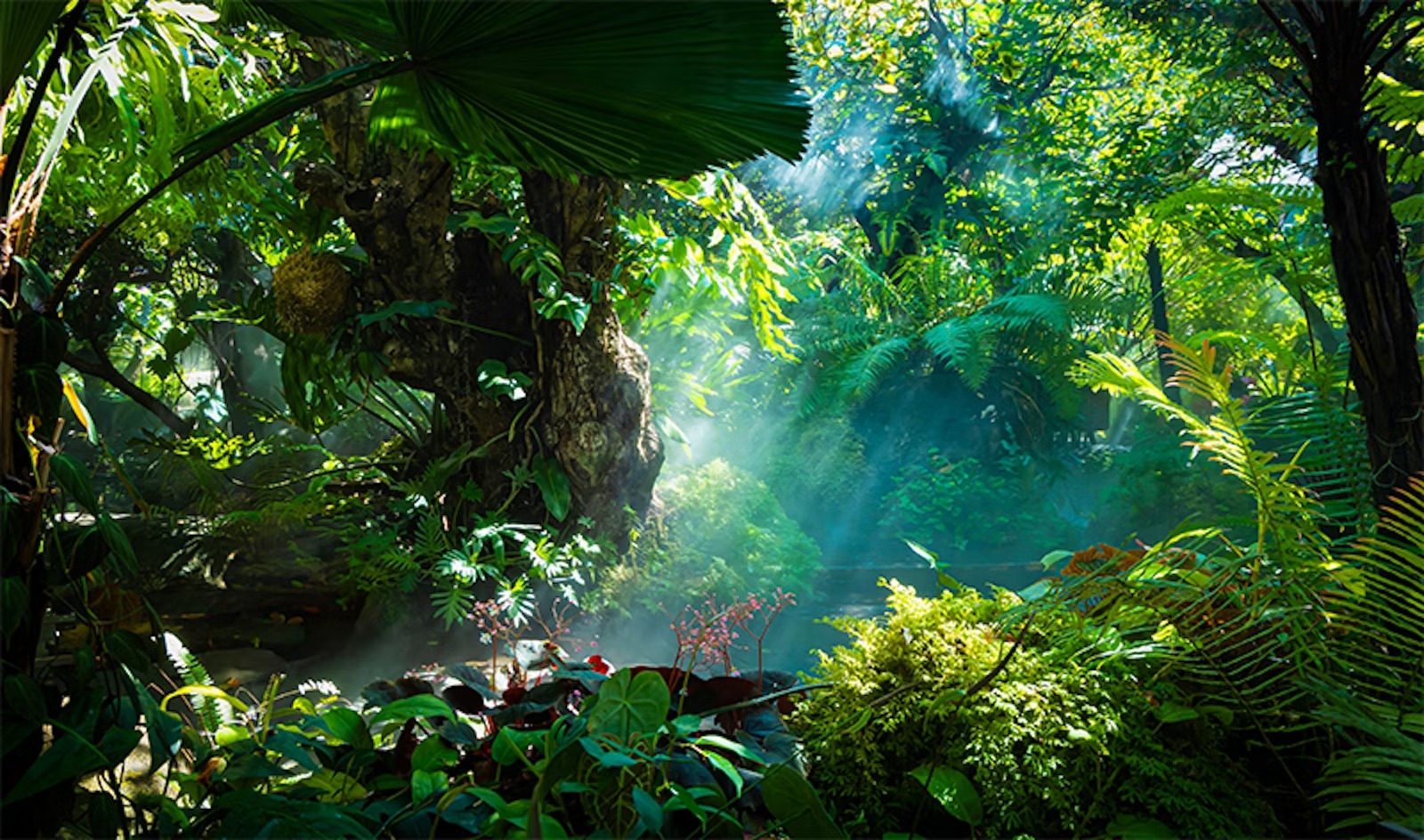
Perhaps the oldest currently surviving ecosystems, however, are on land. Some tropical rainforests have likely persisted in the same general region with the same essential characteristics for tens of millions of years. This is partly due to geography. In some respects, the equatorial zone has long been one of the more climatically stable parts of the planet, even as continents themselves have moved in and out of its bounds.
Based on detailed studies of climate records and fossils, paleobiologist Carlos Jaramillo and his colleagues have traced the origin of the modern tropical rainforest—defined as being perpetually warm and humid, multi-storied with closed canopies, and dominated by flowering plants, lianas, and epiphytes—to the beginning of the Cenozoic era, shortly after the asteroid impact that contributed to the demise of non-avian dinosaurs about 66 million years ago.4 By roughly 60 million years ago, with the continents in relatively similar configurations as today, the Americas had rainforests characterized by the same basic structural features and plant families as the ones that live there now. Given this type of evidence, Earth system scientist Mark Maslin and his colleagues have written that the Amazon rainforest has “prevailed relatively intact” as a “permanent feature of South America for at least the last 55 million years.”5
Scientists have unearthed a parallel story of rainforest longevity in Australia. “Many plant families that are now common in extant rainforests and form their basic structure and most of their diversity have had a consistent history on the Australian continent for the past 40 million years,” says Darren Crayn, a botanist and director of the Australian Tropical Herbarium. As he and his colleagues write in one study, “The endurance, survival, and persistence of these rainforest lineages provide one of the Earth’s greatest biological and evolutionary success stories.”
Putting bounds on these amorphous, ancient entities is challenging. How, exactly, do we determine when an ecosystem—with all of its complexity and fungibility—was born, or when it dies?
The oldest ecosystems on the planet today are undoubtedly different from their earlier versions. Their borders, regional topography, and species composition have all shifted through the millennia. Although the fossil record is spotty, the Great Barrier Reef almost certainly had a different biodiversity profile 400,000 years ago, for example, including species that no longer exist. And the Amazon River—such a defining feature of today’s Amazon rainforest—did not form until about 11 million years ago. Nevertheless, if we could travel back hundreds of thousands or millions of years, these ecosystems would be uncannily familiar because they have maintained their essential characteristics—the relationships and frameworks that define them—for an astoundingly long time.
To better understand such longevity, we must identify what underlies it. Seagrass meadows, coral reefs, and rainforests share several key qualities. They all inhabit the tropics, which tend to be less climatically volatile than more extreme latitudes. They are all founded by organisms that are themselves highly resilient and adaptable. And, to some extent, they all create or reinforce the very conditions they need to survive. By slowing waves, trapping sediments, performing photosynthesis, filtering and oxygenating water, and sequestering carbon in their structures, both seagrass meadows and coral reefs make their environments calmer, clearer, less acidic, more nutrient-rich, and all around more habitable.6 Corals also produce more of the rocky substrate they need to grow.
There is a kind of solace in looking at ecology through the lens of deep time.
Likewise, rainforests generate much of the rain on which they depend by dramatically accelerating the water cycle. Cloud formation relies on two essential ingredients: water vapor and particles on which that vapor can condense. Rainforests provide both by expelling huge volumes of water into the atmosphere, along with numerous tiny airborne particles, such as pollen grains, fungal spores, microbes, fragments of insect shells, and various organic compounds. The result is a self-reinforcing feedback loop: The more it rains, the more the forest grows; the more the forest grows, the more it rains. Scientists have calculated that the Amazon rainforest generates about half of the rain that falls on its canopy each year.
The capacity of ecosystems to regulate and sustain themselves—to have some degree of agency in their own survival and evolution—is an echo of more self-contained living organisms. Scientists have made such analogies, and debated their validity, for more than a century.
In the early 1900s, American ecologist Frederic Clements proposed that forests and other botanical communities underwent a series of discrete developmental phases similar to those of individual organisms, maturing from a juvenile stage into a stable “climax community.” Eugene Odum, another 20th-century American ecologist, thought that ecosystems, like organisms, demonstrated homeostasis, the ability to maintain a set of chemical and physical conditions essential for their survival. More recently, a cohort of scientists, including some who study coral reefs, have argued that every complex multicellular organism and its symbiotic microbes should be regarded as a community known as a holobiont—and that the true unit of natural selection is this community’s collective genetic information, the hologenome. In other words, a coral and its symbiotic partners are so interdependent that we should regard them as a cohesive evolving entity. By extension, one could make a similar argument about the entire coral reef ecosystem. Ideas like these remain highly controversial.
The extreme longevity of ecosystems underscores the importance of the bonds between such large-scale systems and their constituent organisms. Ecosystems may not have singular genomes or participate in standard Darwinian evolution, yet they are capable of growing, surviving, and evolving because they are inescapably intertwined with the growth, survival, and evolution of the organisms that comprise them.7
Wherever life emerges, it dramatically changes its environment. These changes inevitably influence any subsequent evolution within that environment. Given enough time and opportunity, this coevolution can contribute to an emergent capacity for persistence on the scale of hundreds of thousands to millions of years.
Yet even living systems as ancient and resilient as rainforests and reefs are neither impervious nor immortal. Most of the periods of climatic turmoil that the planet’s extant ecosystems have survived so far unfolded much more gradually than the rate at which humans are polluting and transforming the air, land, and sea today. By the end of the century, warm-water coral reefs may be all but destroyed by global warming, reduced to fragmentary refugia. And the Amazon’s self-reinforcing rain cycle is getting terrifyingly close to breaking.
Even faced with these dire possible outcomes, however, there is a kind of solace in looking at ecology through the lens of deep time and recognizing the remarkable tenacity of Earth’s longest-lived communities. Humanity’s power is outsized, but not infinite. As a whole, life’s tendency is to endure and recover, discovering new forms over thousands to millions of years.
Toward the end of my hike on the Olympic Peninsula, after meandering along a riverbank bordered by giant ferns, I came upon a forest within a forest. One of the Hoh’s giants had fallen, most likely decades earlier. Its colossal body, recumbent and fractured, had become the foundation for a new population. Here was both grave and nursery: a decaying trunk sheathed in moss and bristling with ferns and saplings. Its massive upturned root ball, 10 feet tall at least, was now the pedestal for a copse of young Douglas firs. By germinating in the remains of their elder, they had begun life high above the shady understory. Now, they glowed gold in the sun, the newest members of a persistent living collective.
References
1. Barabás, G., Michalska-Smith, M.J., & Allesina, S. Self-regulation and the stability of large ecological networks. Nature Ecology & Evolution 1, 1870-1875 (2017).
2. Arnaud-Haond, S., et al. Implications of extreme life span in clonal organisms: Millenary clones in meadows of the threatened seagrass Posidonia oceanica. PLOS One 7, e30454 (2012).
3. Webster, J.M., et al. Response of the Great Barrier Reef to sea-level and environmental changes over the past 30,000 years. Nature Geoscience 11, 426-432 (2018).
4. Jaramillo, C., et al. The origin of the modern Amazon Rainforest: Implications of the palynological and palaeobotanical record. In Hoorn, C. & Wesselingh, F.P. (Eds.) Amazonia: Landscape and Species Evolution: A look into the past Blackwell Publishing, Oxford, U.K. (2009).
5. Maslin, M., Malhi, Y., Phillips, O., & Cowling, S. New views on an old forest: Assessing the longevity, resilience, and future of the Amazon Rainforest. Transactions of the Institute of British Geographers 30, 477-499 (2005).
6. Cheund, P.-Y., Nozawa, Y., & Miki, T. Ecosystem engineering structures facilitate ecological resilience: A coral reef model. Ecological Research 36, 673-685 (2021).
7. Lenton, T.M., et al. Survival of the systems. Trends in Ecology & Evolution 36, 333-344 (2021).
Lead image: Roman Khomlyak / Shutterstock
Ferris Jabr is a contributing writer for The New York Times Magazine and the author of Becoming Earth: How Our Planet Came to Life. He has also written for The New Yorker, The Atlantic, Harper’s, Outside, WIRED, and National Geographic. His work has thrice been anthologized in The Best American Science and Nature Writing series.
This article previously appeared in Nautilus.
Plantings
Issue 38 – August 2024
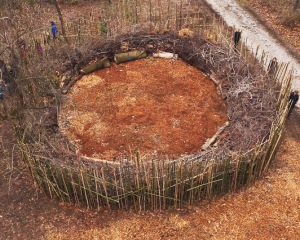
Hugelkultur: Where Environmental Art Meets Permaculture
David Bacharach

The Benefits of Buying Wedding Flowers Locally
By Gayil Nalls

Albert the Great: Remembering a Medieval Polymath Who Paved the Way for the Renaissance and Holistic Thinking
By David Strunk
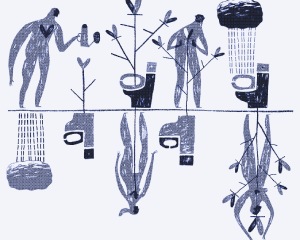
Recycling Animal and Human Dung is the Key to Sustainable Farming
By Kris De Decker
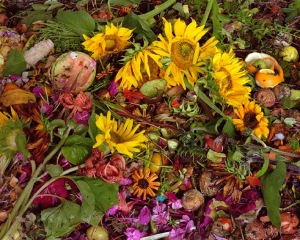
Beauty in Decomposition: The Environmental Message of Compost
By David Strunk

Sprouted Pumpkin Seed Salad
By Actor Matthew Modine

As Ireland transitions from the rich, smoky scent of peat-burning to a more sustainable future, its olfactory heritage is evolving. What will become the next iconic aromatic symbol of Ireland?
Click to watch the documentary trailer.

